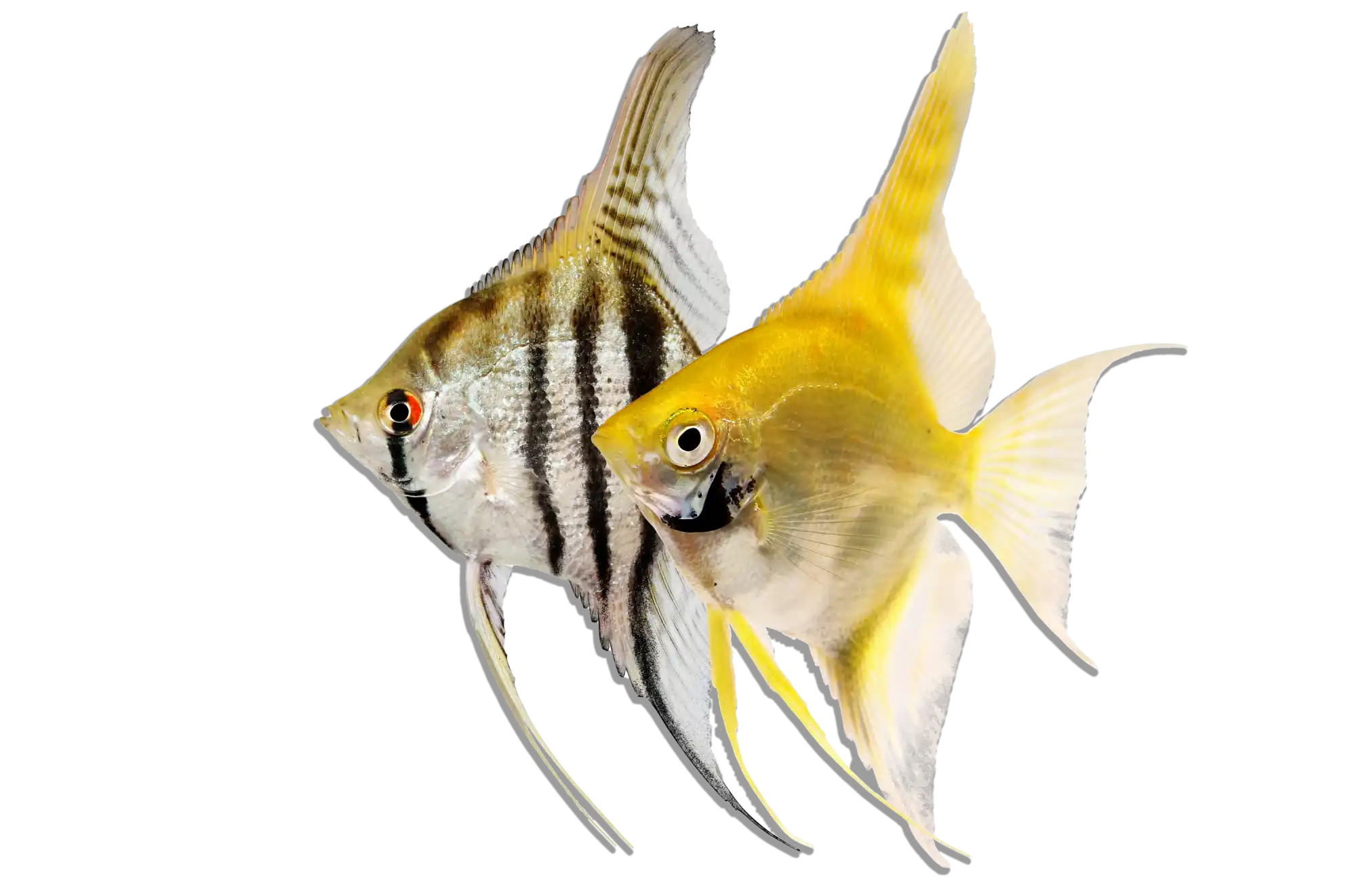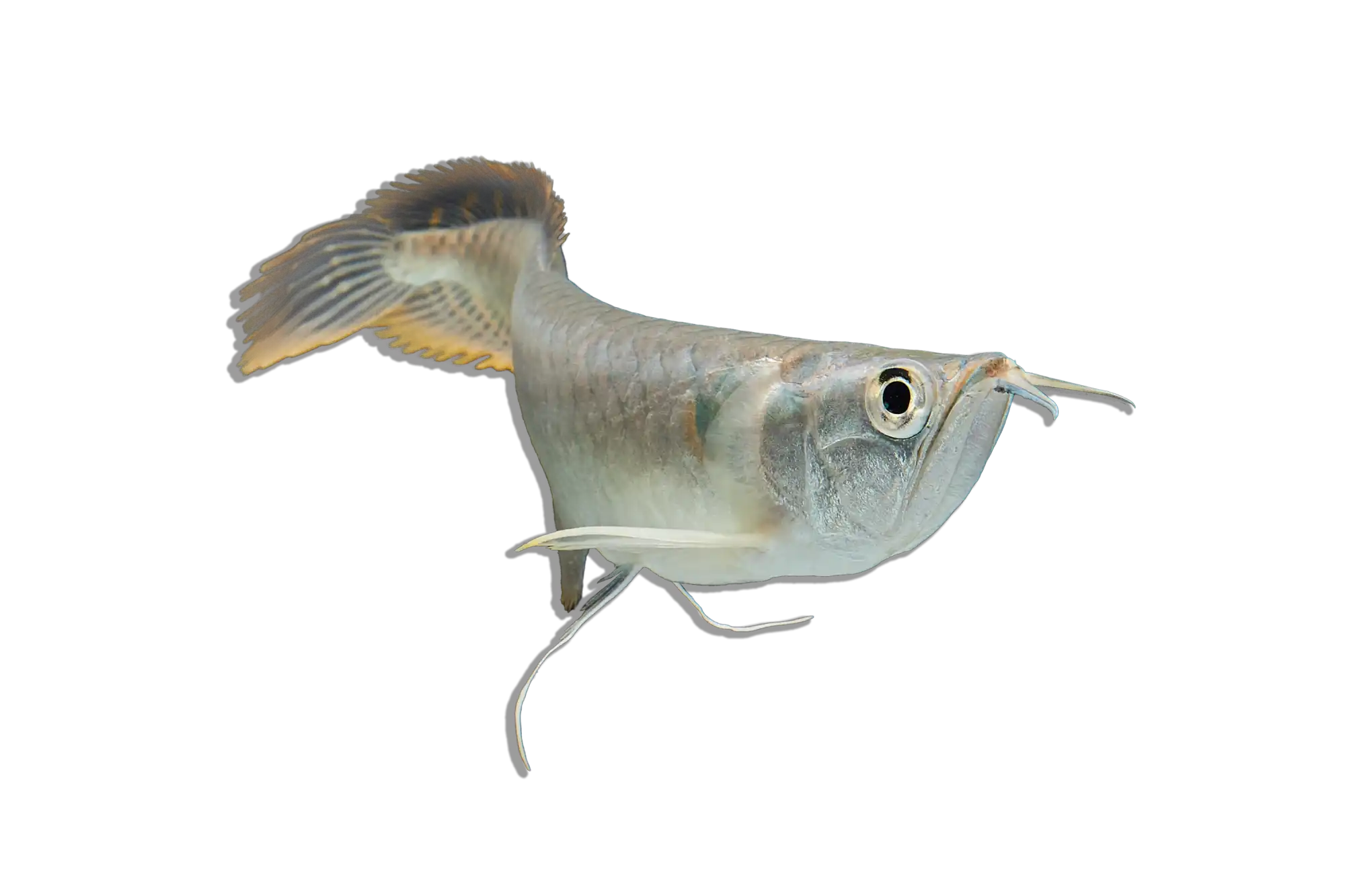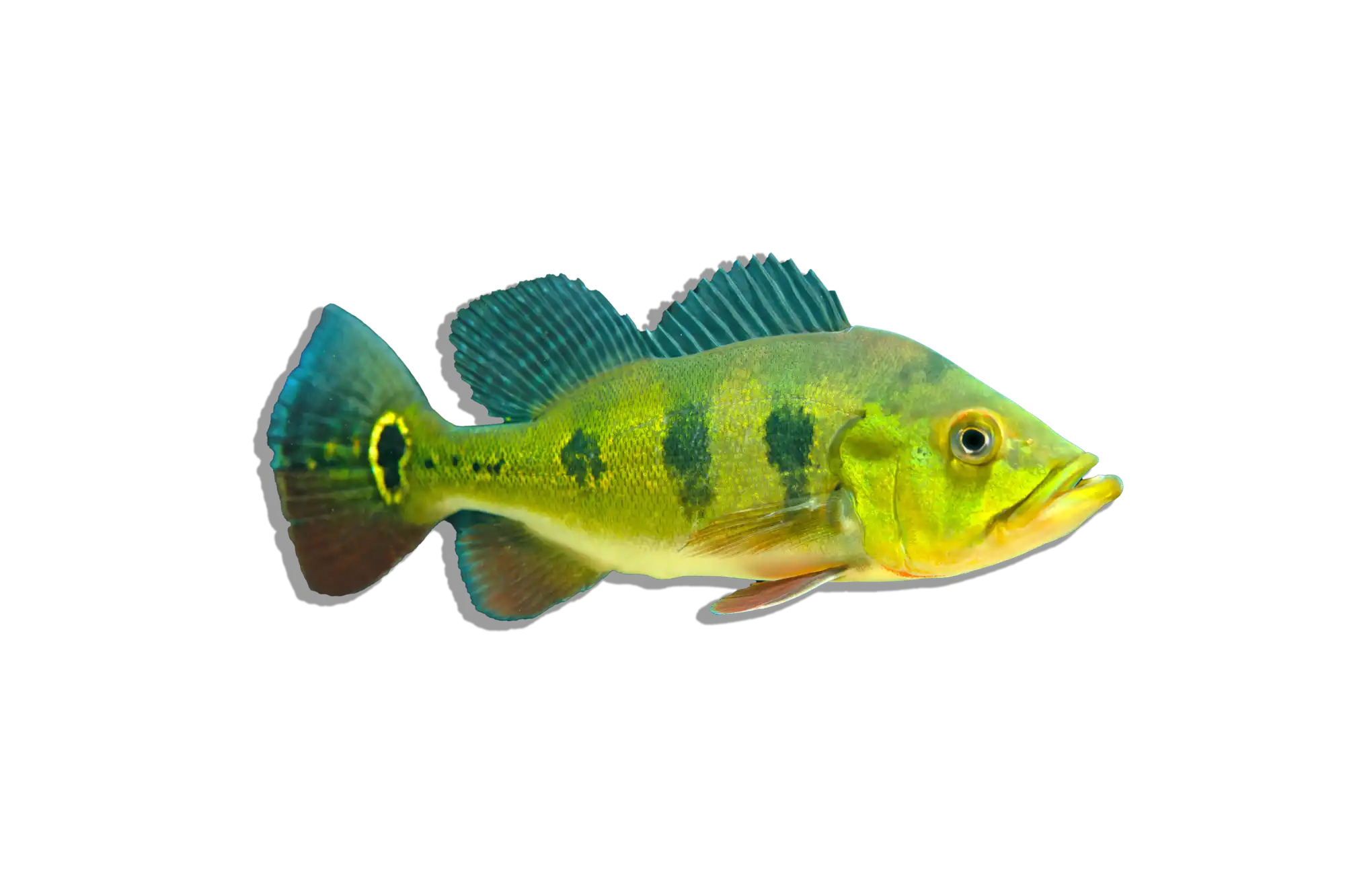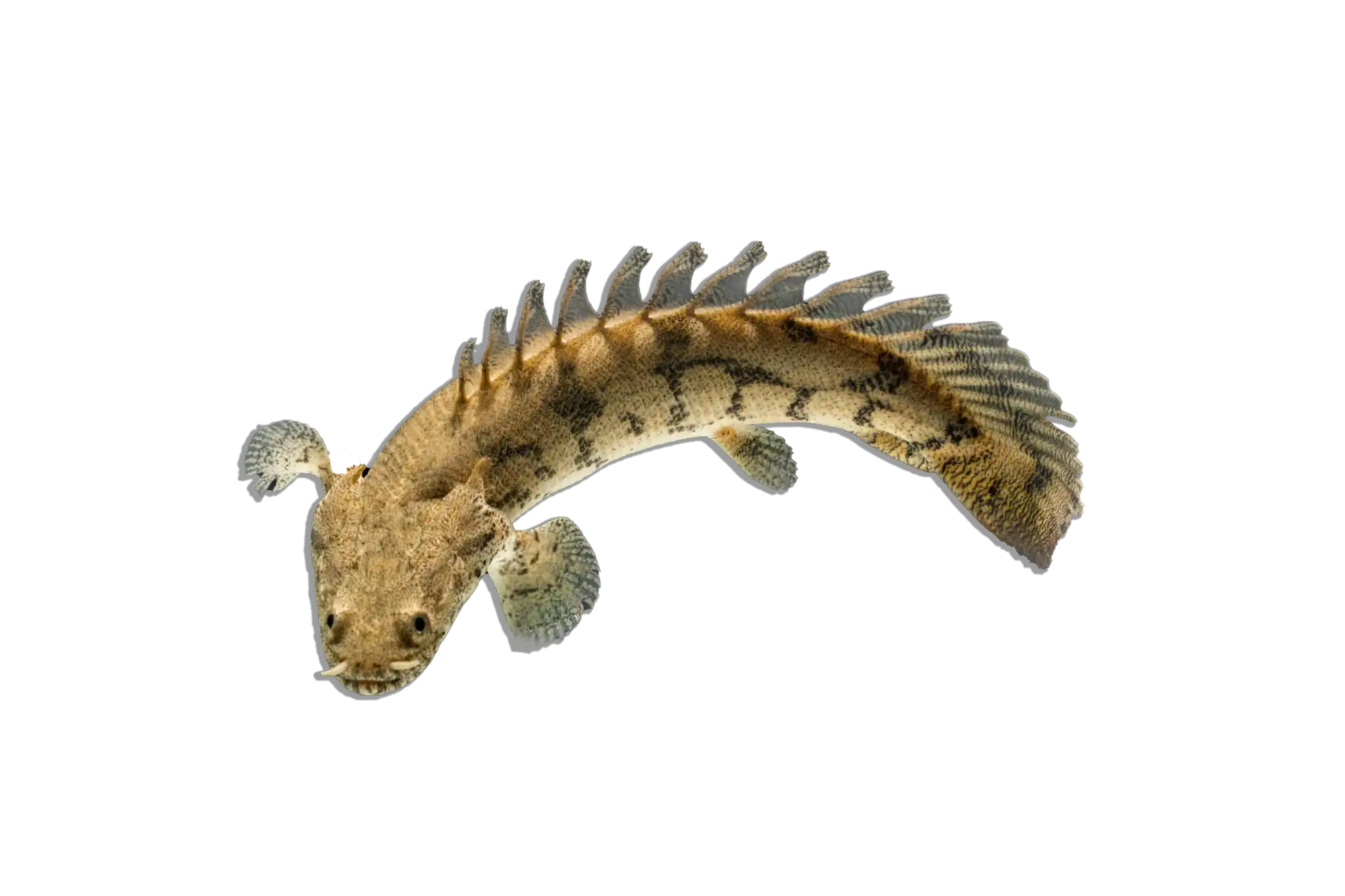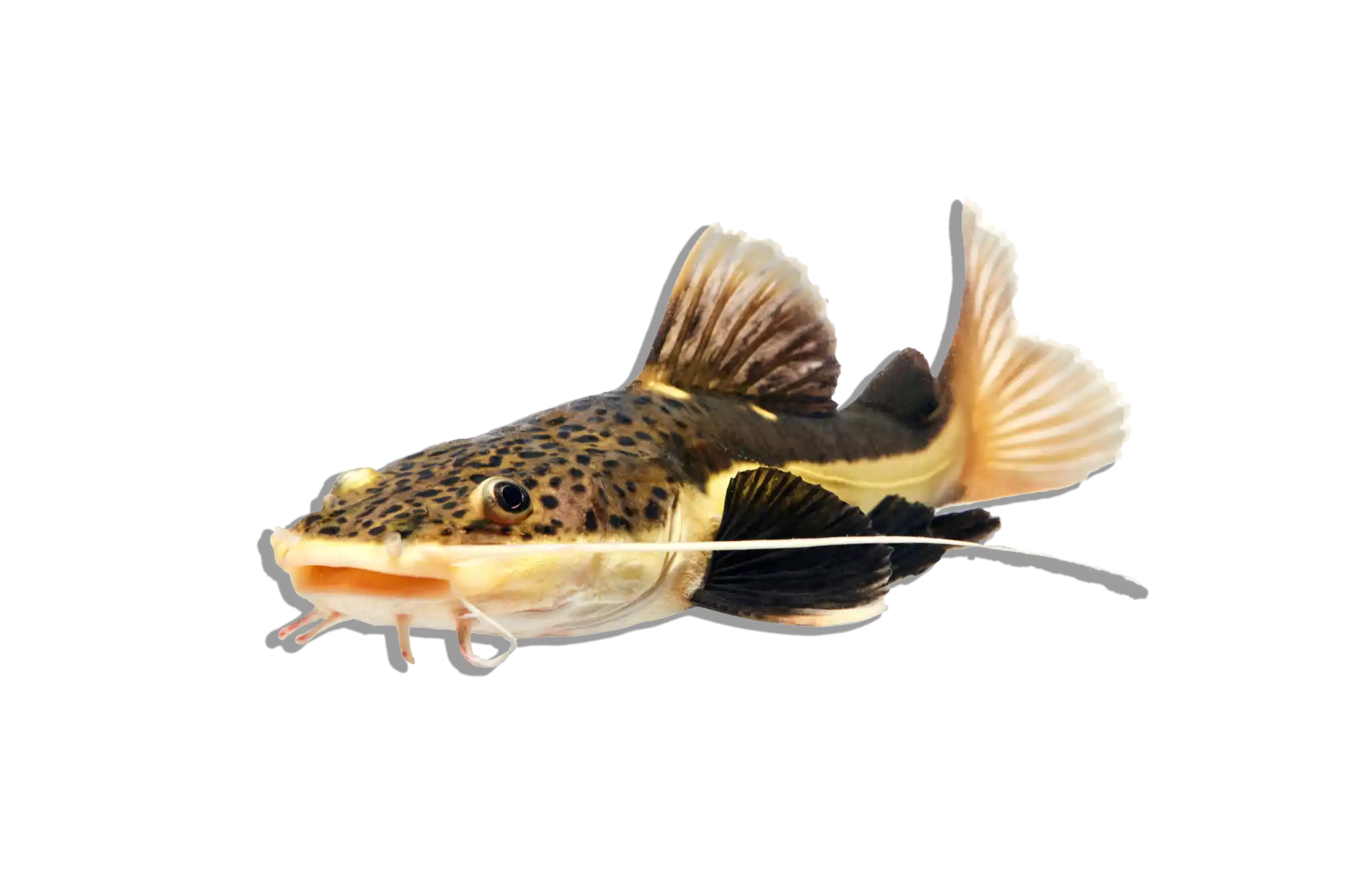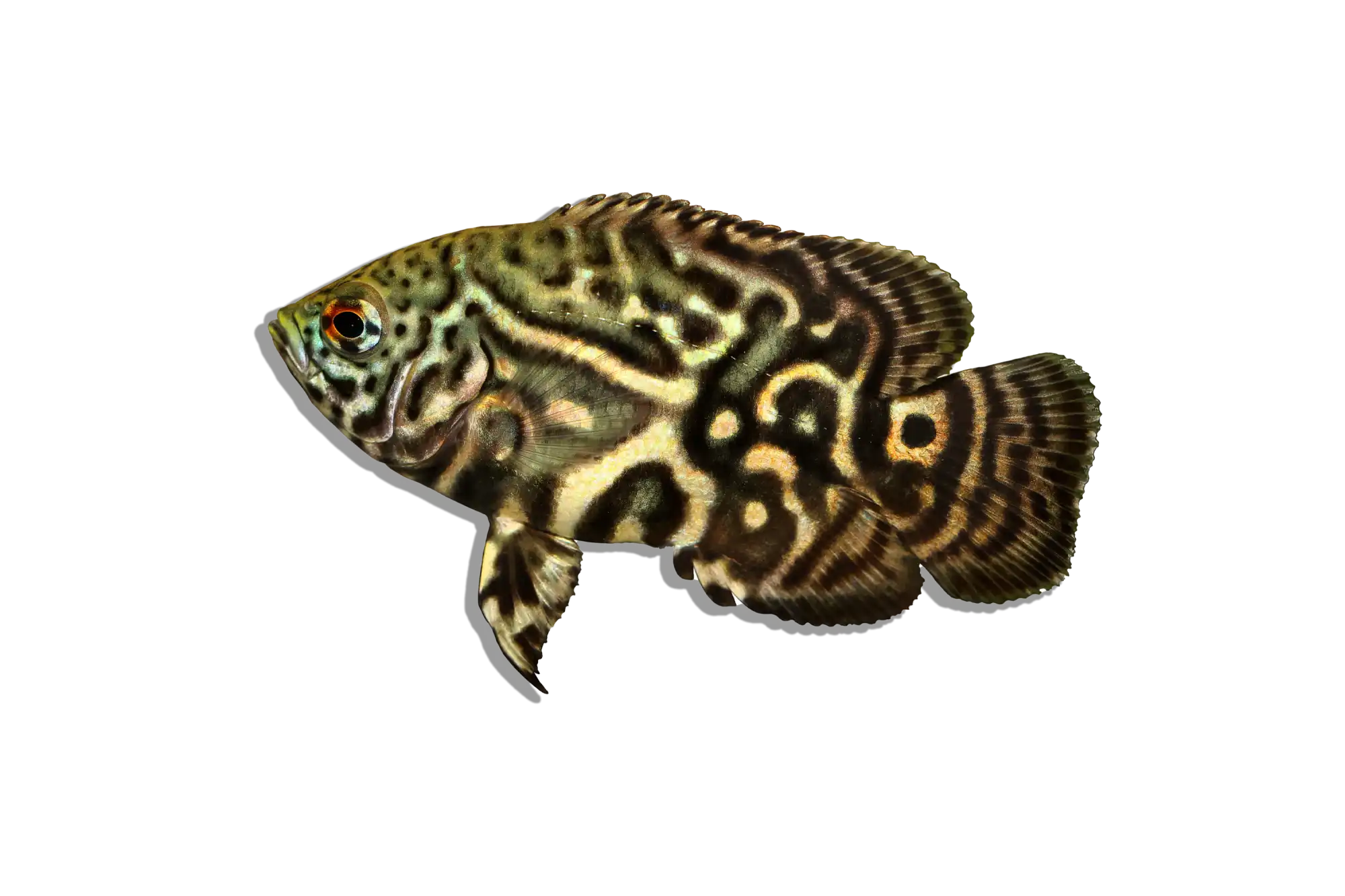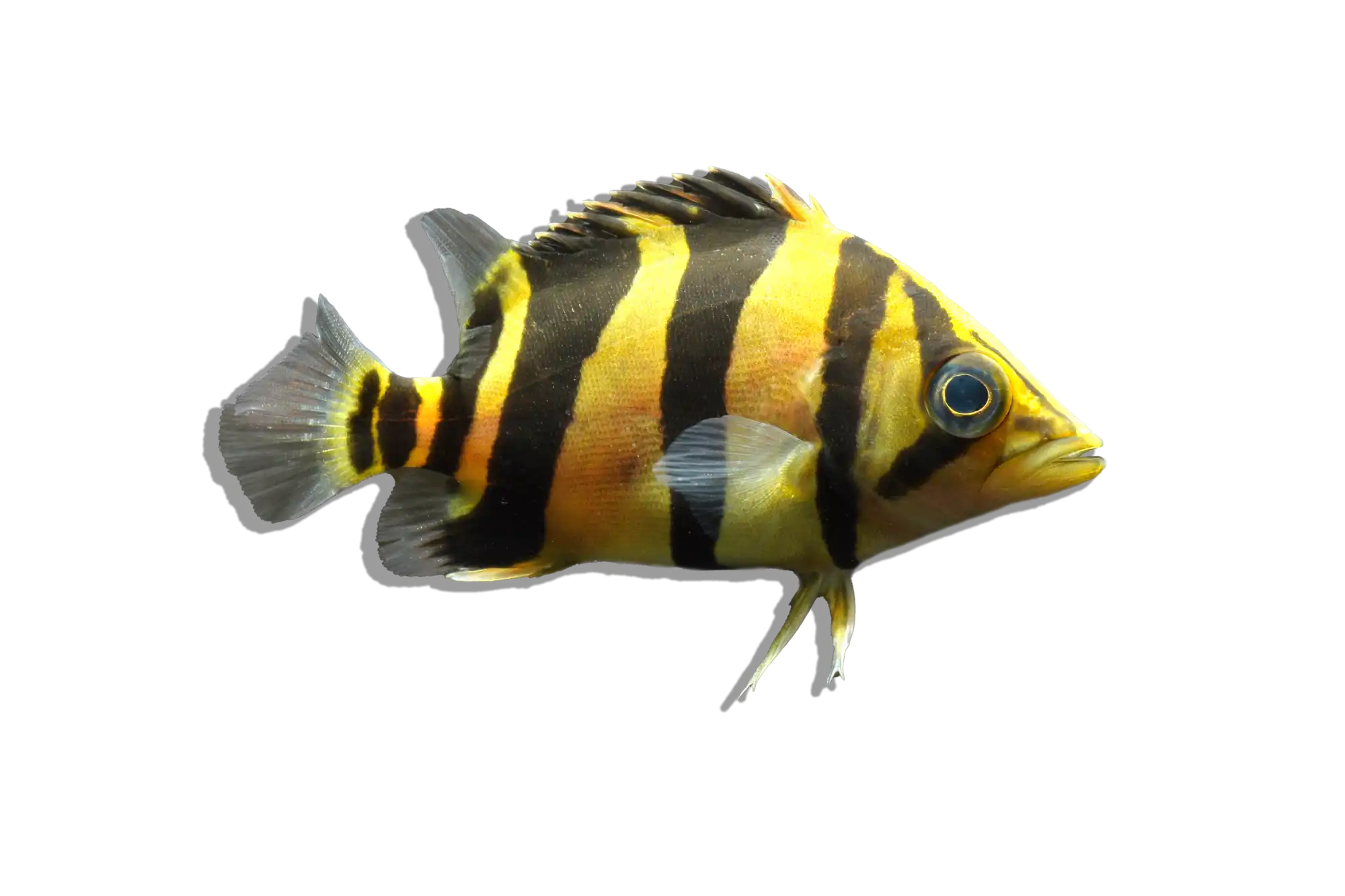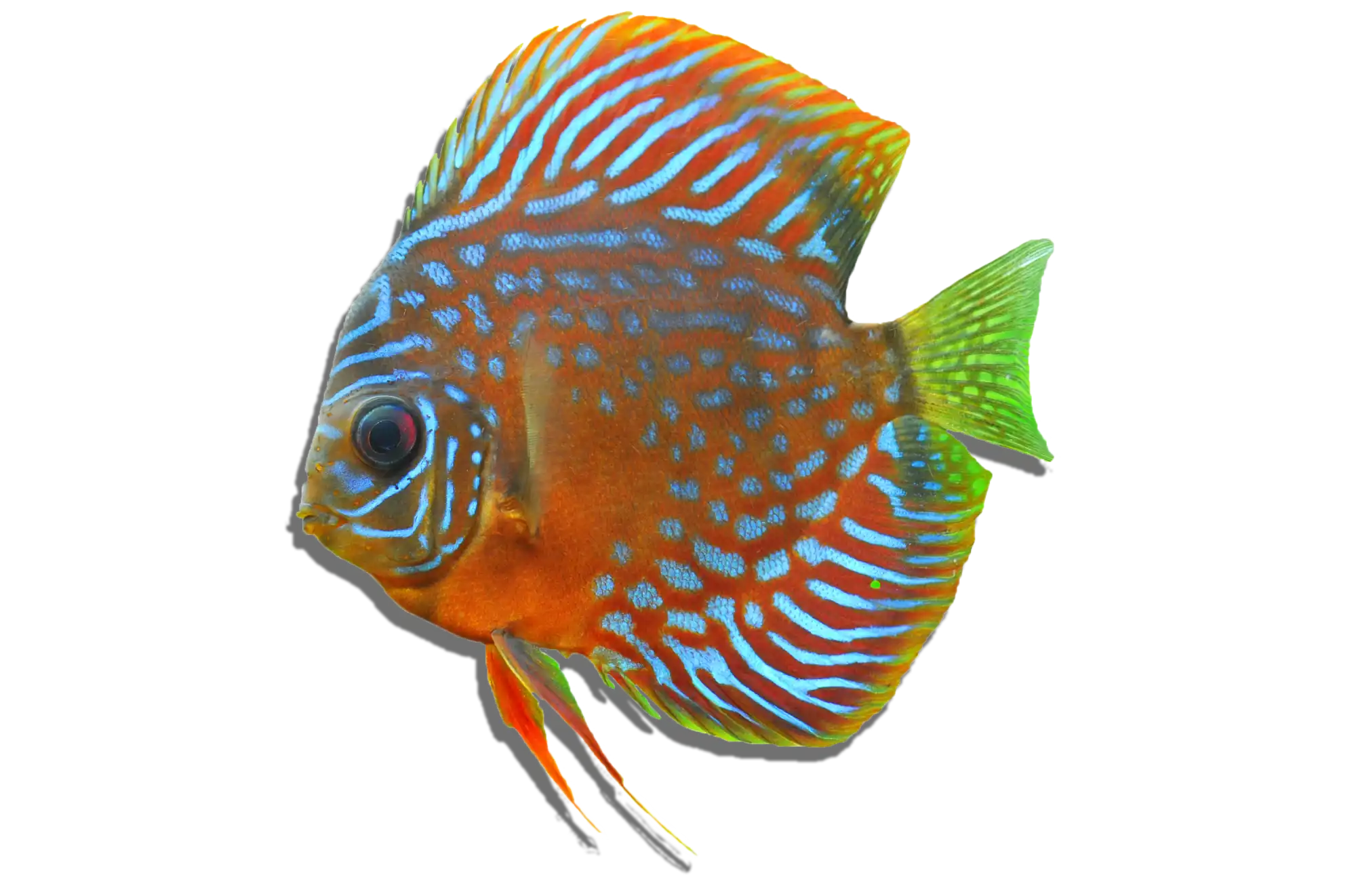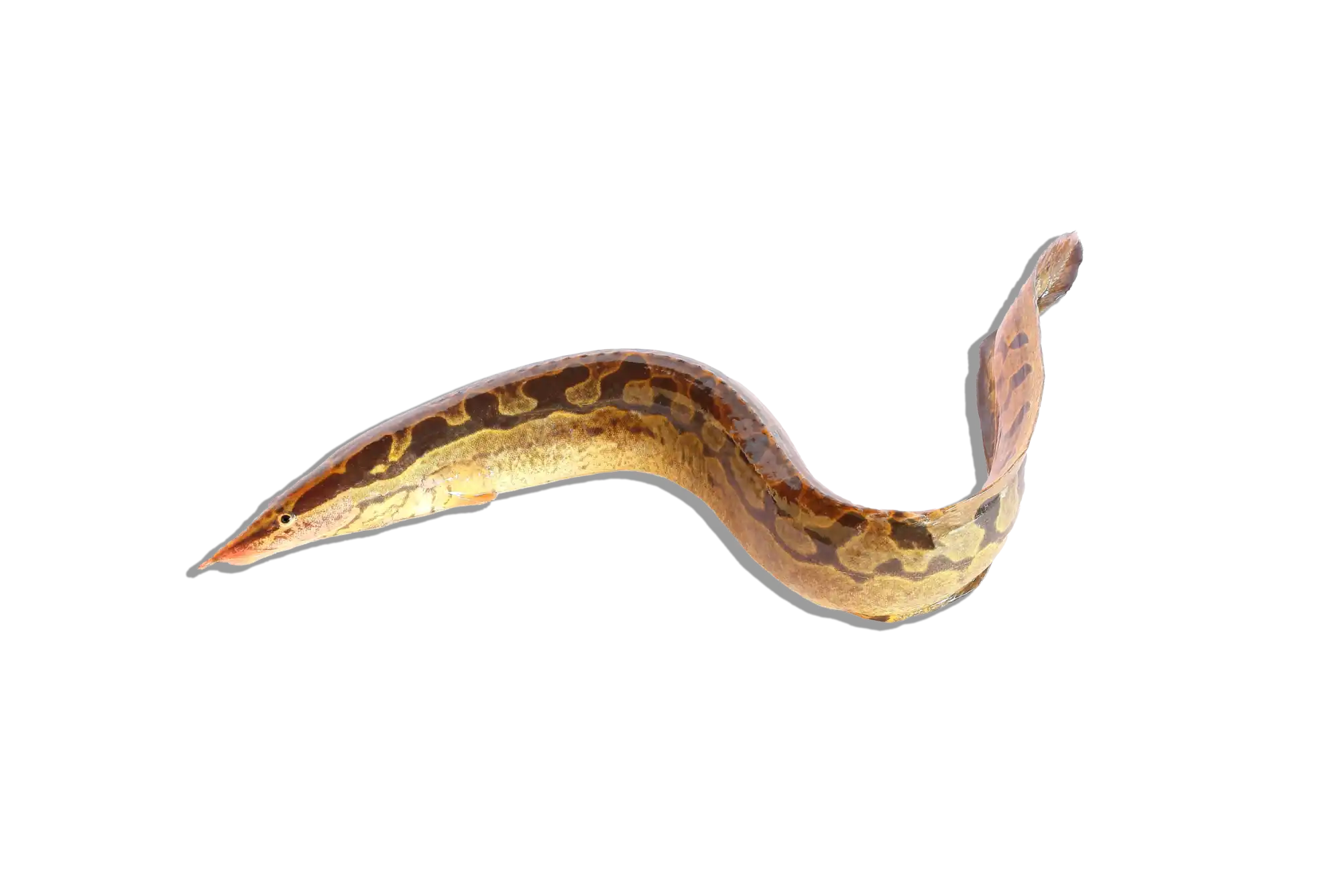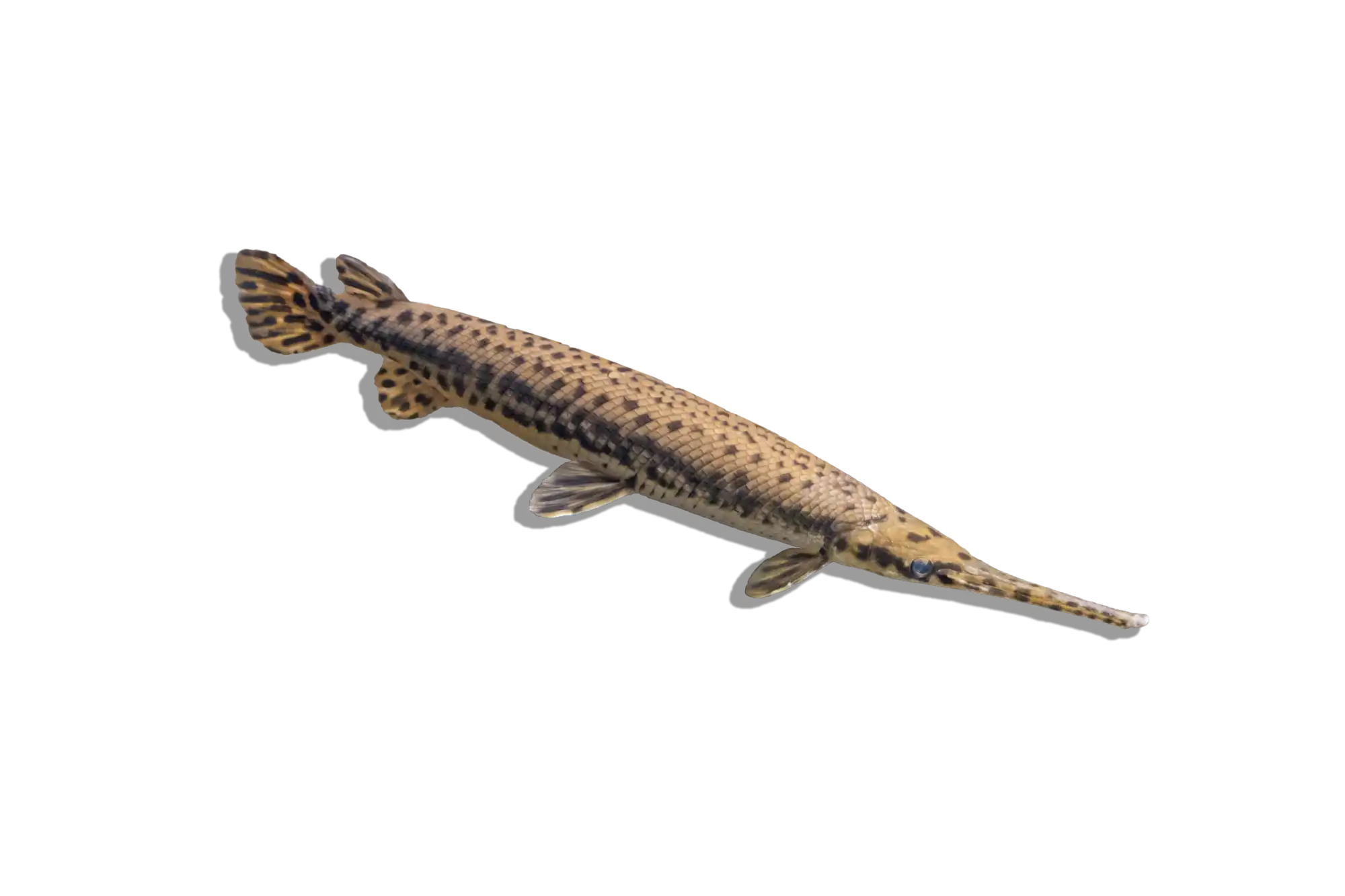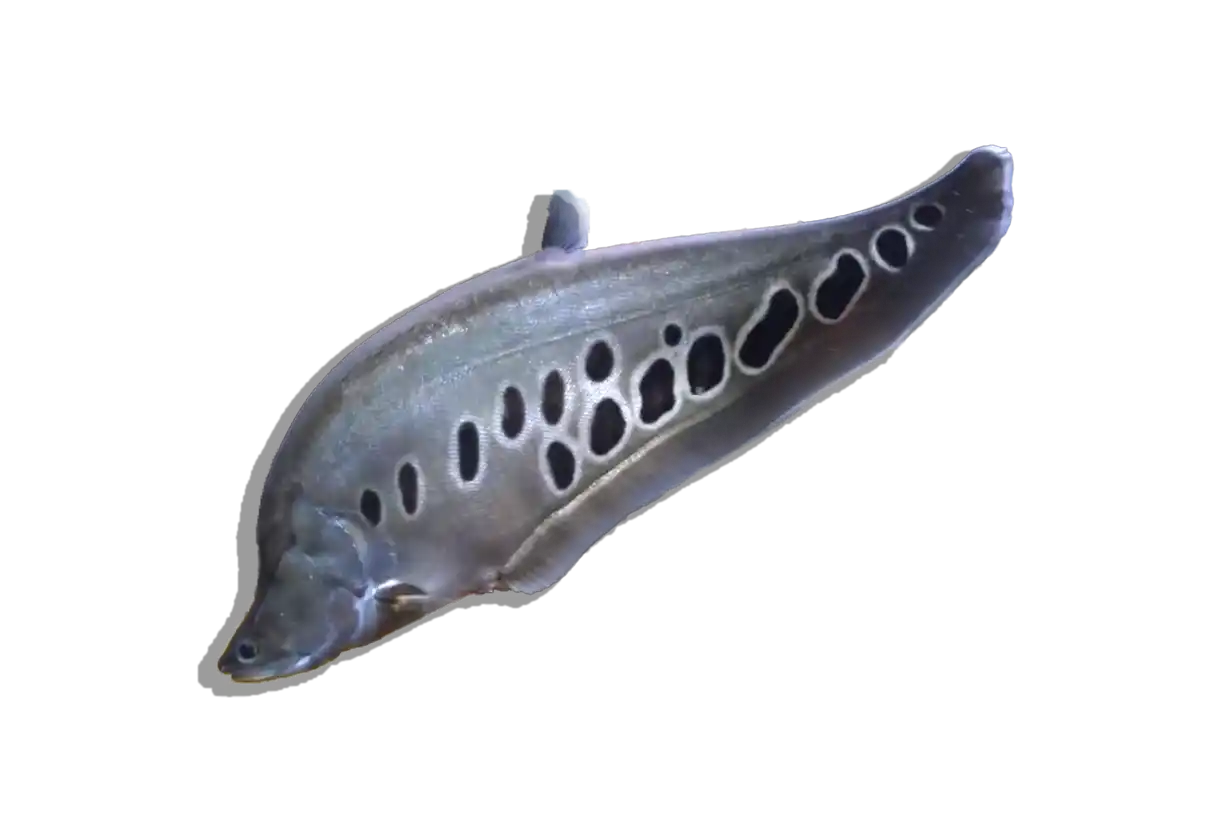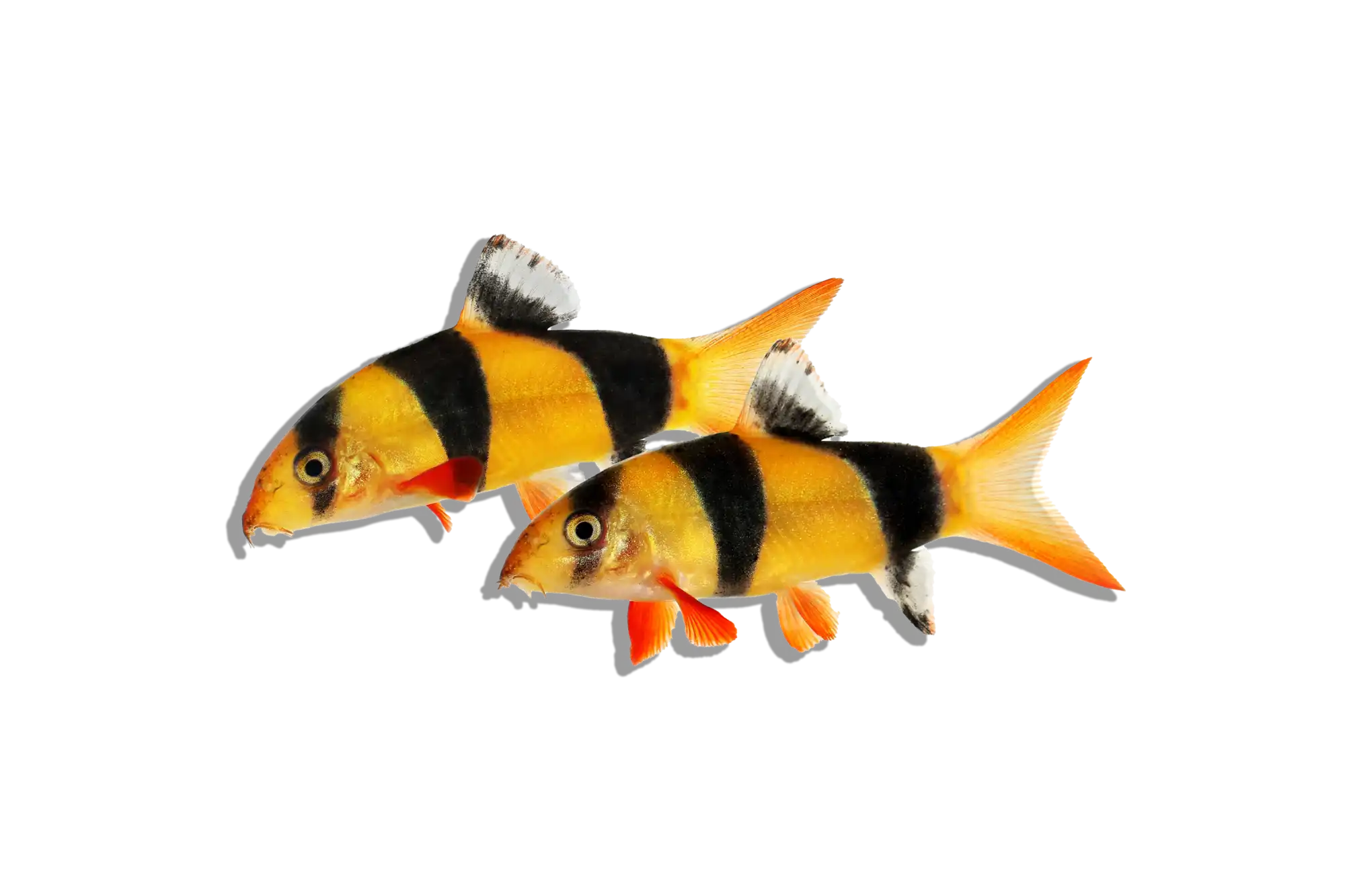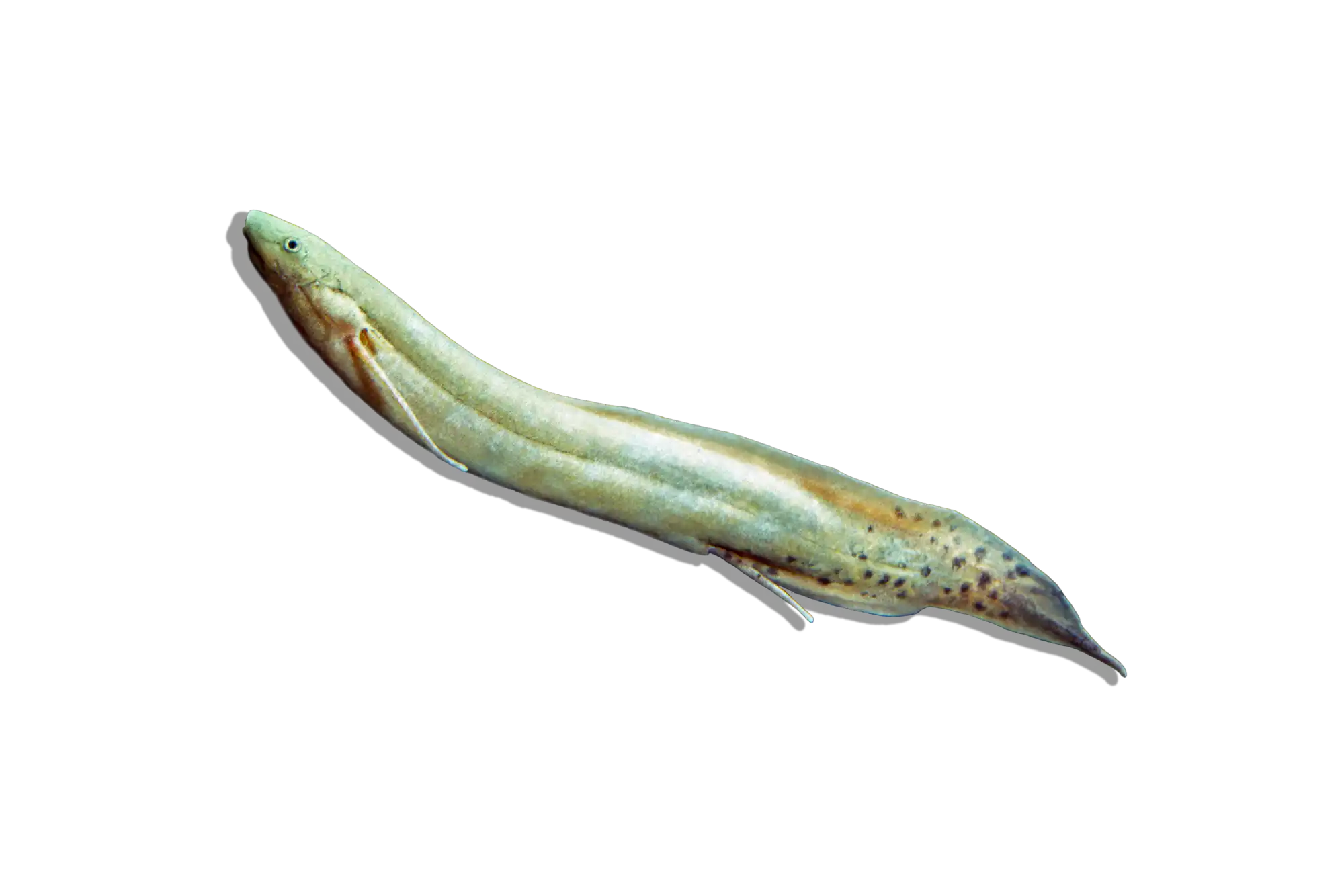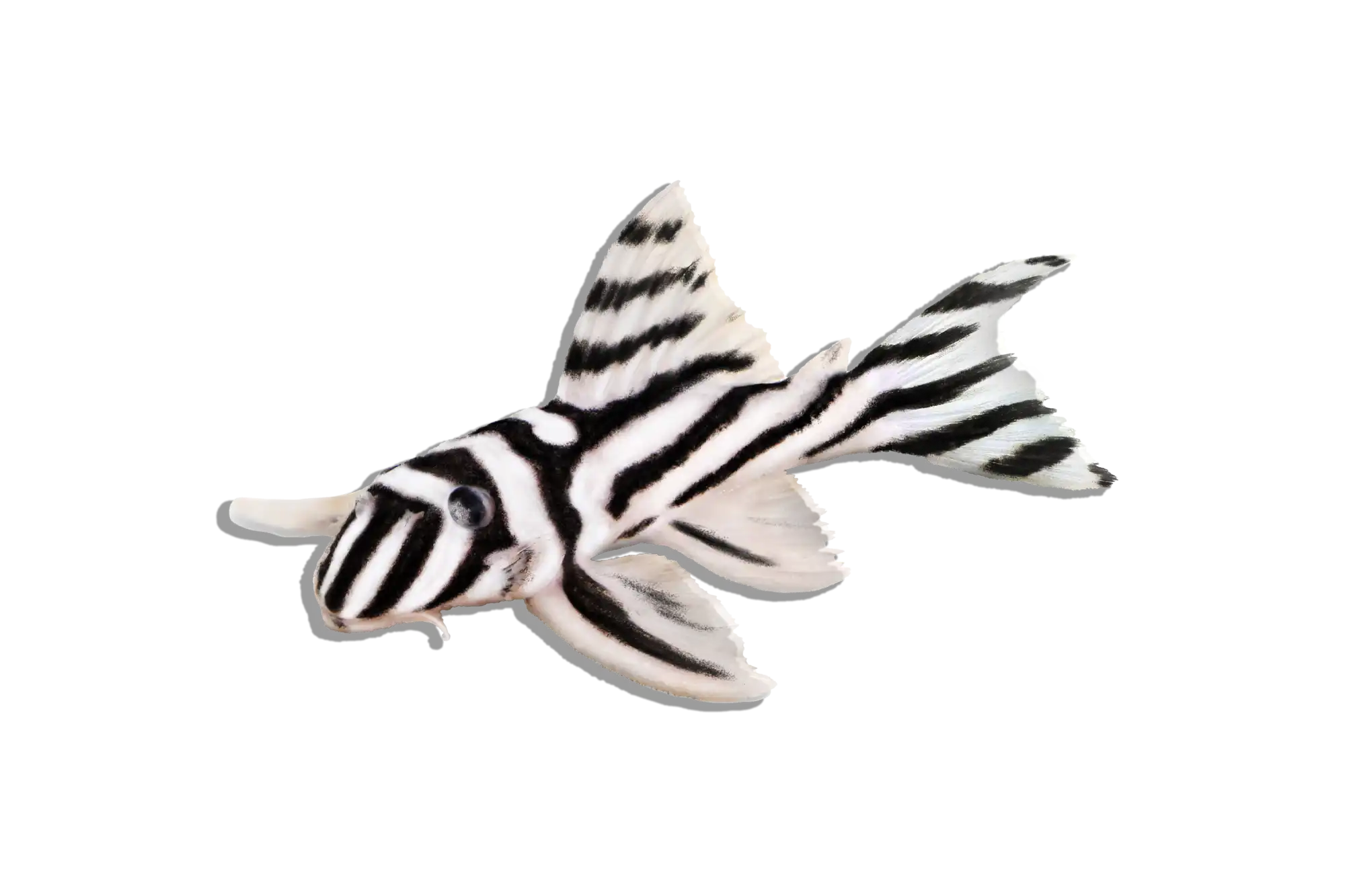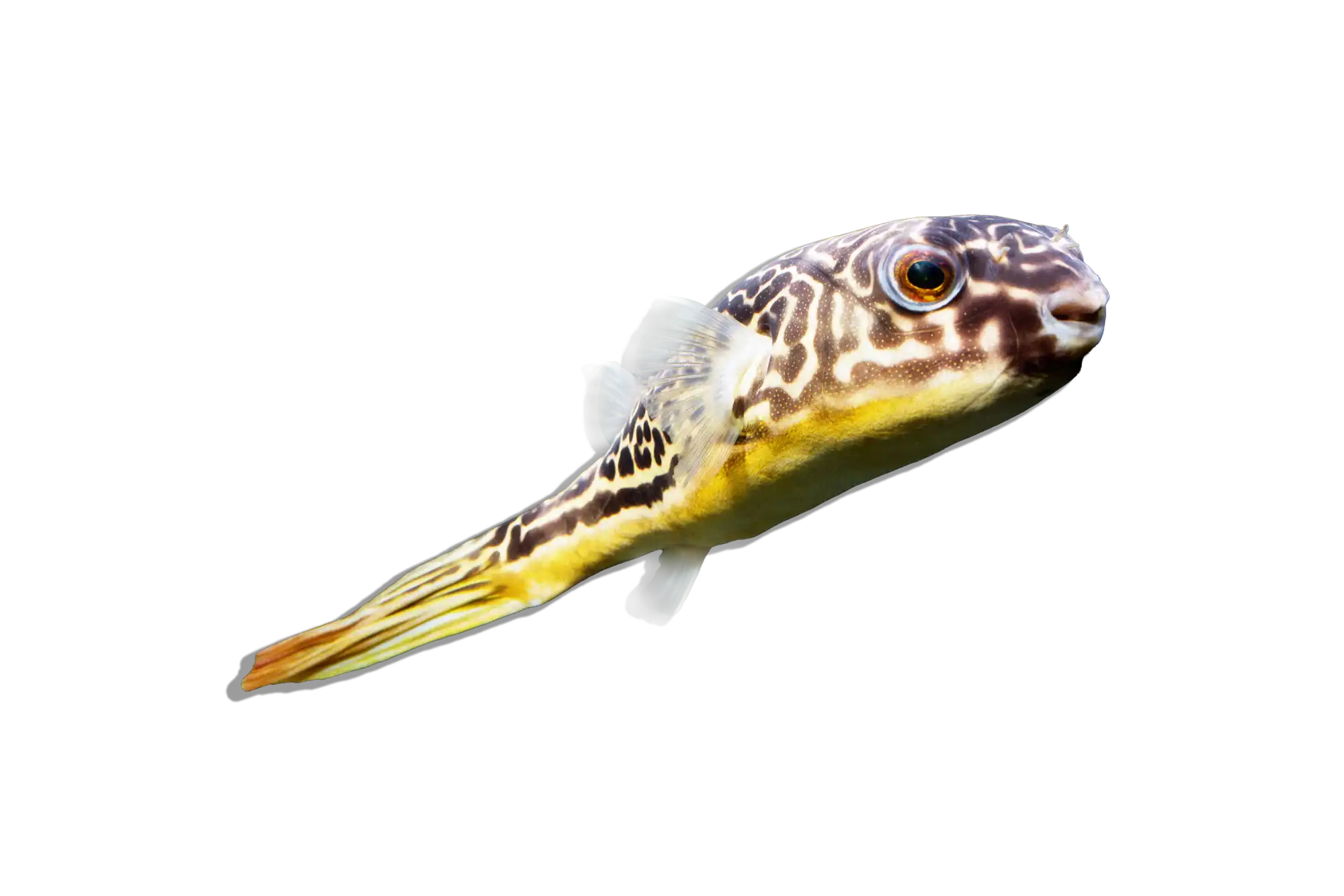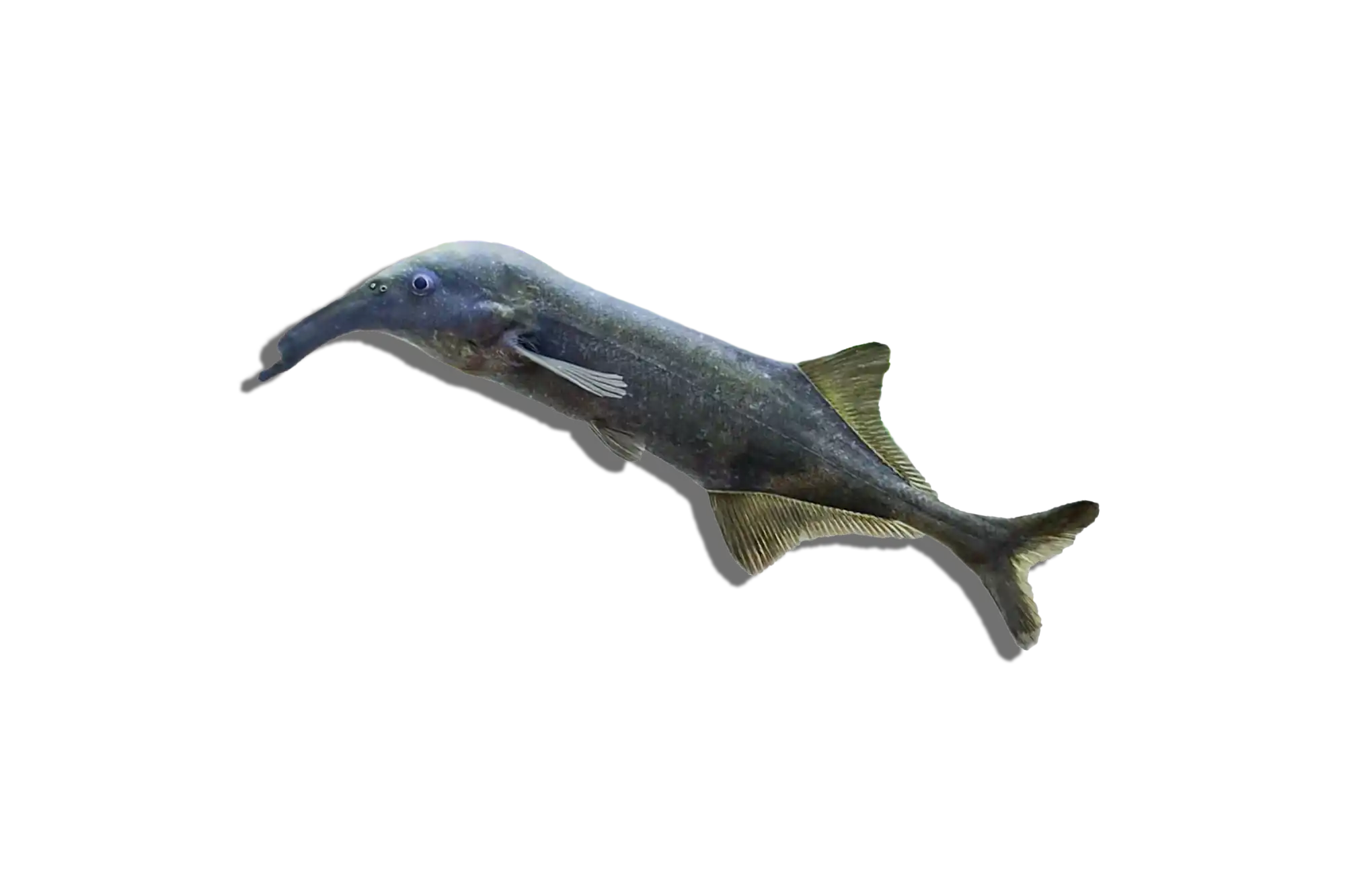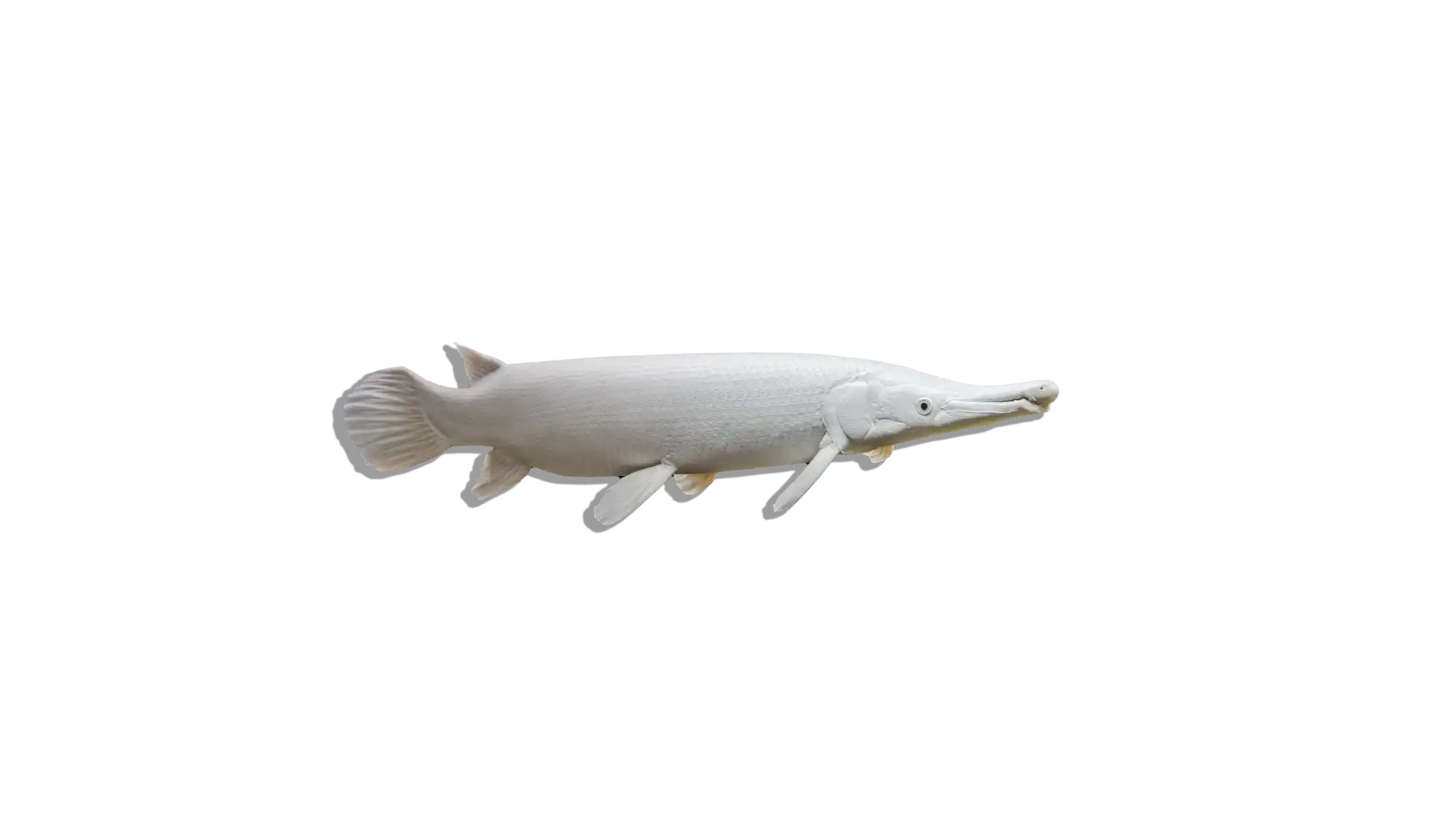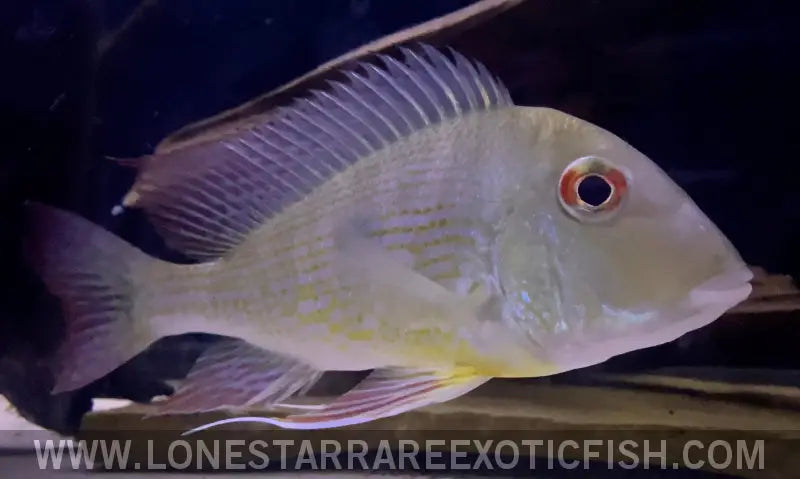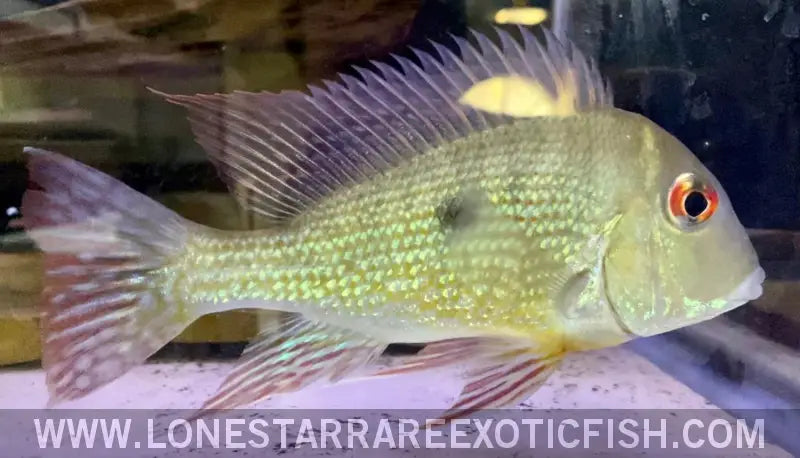Description
Common Name: Caqueta Gold Eartheater Cichlid
Scientific Name: Geophagus sp. ‘Caqueta’
Other Names: Caqueta Eartheater, Gold Eartheater
The Caqueta Gold Eartheater Cichlid is a striking freshwater fish known for its vibrant gold coloration and fascinating behavior. This species is a member of the Geophagus genus, commonly referred to as "eartheaters" due to their habit of sifting through the substrate in search of food. The Caqueta Gold Eartheater stands out with its beautiful golden body, iridescent scales, and distinctive black markings.
Habitat and Distribution: The Caqueta Gold Eartheater Cichlid is native to the Caquetá River Basin in Colombia, South America. These fish inhabit slow-moving rivers and streams with sandy or muddy substrates and plenty of leaf litter. The water in their natural habitat is typically warm, soft to moderately hard, and slightly acidic to neutral, with a dense canopy of vegetation overhead.
Size and Lifespan: In both the wild and captivity, Caqueta Gold Eartheaters can grow up to 6-8 inches (15-20 cm) in length. Their lifespan can range from 8 to 10 years, depending on the care and conditions provided in the aquarium. Ensuring a proper diet, clean water, and adequate space are crucial for their longevity and well-being.
Diet and Behavior: Caqueta Gold Eartheaters are omnivorous, feeding on a variety of foods in the wild, including small invertebrates, detritus, and plant matter. In an aquarium, their diet should include high-quality pellets or flakes, supplemented with live or frozen foods such as bloodworms, brine shrimp, and daphnia. They also benefit from occasional vegetable matter like spinach or peas. These cichlids are known for their peaceful and social behavior, making them excellent candidates for community tanks. They exhibit fascinating substrate-sifting behavior, where they take in mouthfuls of sand or gravel, sift out food particles, and expel the substrate through their gills.
Breeding and Reproduction: Breeding Caqueta Gold Eartheaters in captivity is relatively straightforward compared to other cichlid species. They are substrate spawners, with the female laying eggs on a flat surface such as a rock or piece of driftwood. The male fertilizes the eggs, and both parents guard the eggs and fry aggressively. To encourage breeding, provide a spacious tank with plenty of hiding spots and maintain excellent water quality. A slight increase in temperature and frequent water changes can also stimulate spawning behavior.
Aquarium Care and Tank Requirements: To keep Caqueta Gold Eartheaters, a tank of at least 55 gallons is recommended to provide ample swimming space and accommodate their substrate-sifting behavior. The tank should include a soft, sandy substrate to protect their delicate gills and enable their natural foraging behavior. Include plenty of rocks, driftwood, and plants to mimic their natural habitat and reduce stress. Efficient filtration and regular water changes are essential to maintain water quality. Providing moderate water flow will help replicate their natural riverine environment.
Ideal Tank Mates: Caqueta Gold Eartheaters can be kept with other peaceful, similarly sized fish that share similar water parameter requirements. Suitable tank mates include other Geophagus species, larger tetras, peaceful cichlids, and non-aggressive catfish. Avoid housing them with overly aggressive or significantly smaller fish that may cause stress or be seen as prey.
Difficulty Level: Intermediate. While they are hardy and adaptable, their specific dietary needs, social structure, and requirement for clean, well-oxygenated water require attentive care and a well-maintained aquarium.
Water Parameters:
- Temperature: 75-82°F (24-28°C)
- pH: 6.0-7.5
- General Hardness (GH): 3-12 dGH
- Carbonate Hardness (KH): 2-6 dKH
- Ammonia: 0 ppm (ideal), up to 0.25 ppm (max)
- Nitrite: 0 ppm (ideal), up to 0.25 ppm (max)
- Nitrate: <20 ppm (ideal), up to 40 ppm (max)
Additional Information:
- The Caqueta Gold Eartheater’s vibrant coloration and peaceful demeanor make it a popular choice for community aquariums, adding both beauty and dynamic behavior.
- These fish are known for their interesting substrate-sifting behavior, which helps keep the aquarium substrate clean and aerated.
- In their natural habitats, Caqueta Gold Eartheaters play a role in controlling populations of small invertebrates and contributing to nutrient cycling.
- Fun fact: The name "eartheater" comes from their unique feeding behavior, where they sift through the substrate to find food, a behavior that is both functional and fascinating to watch.

